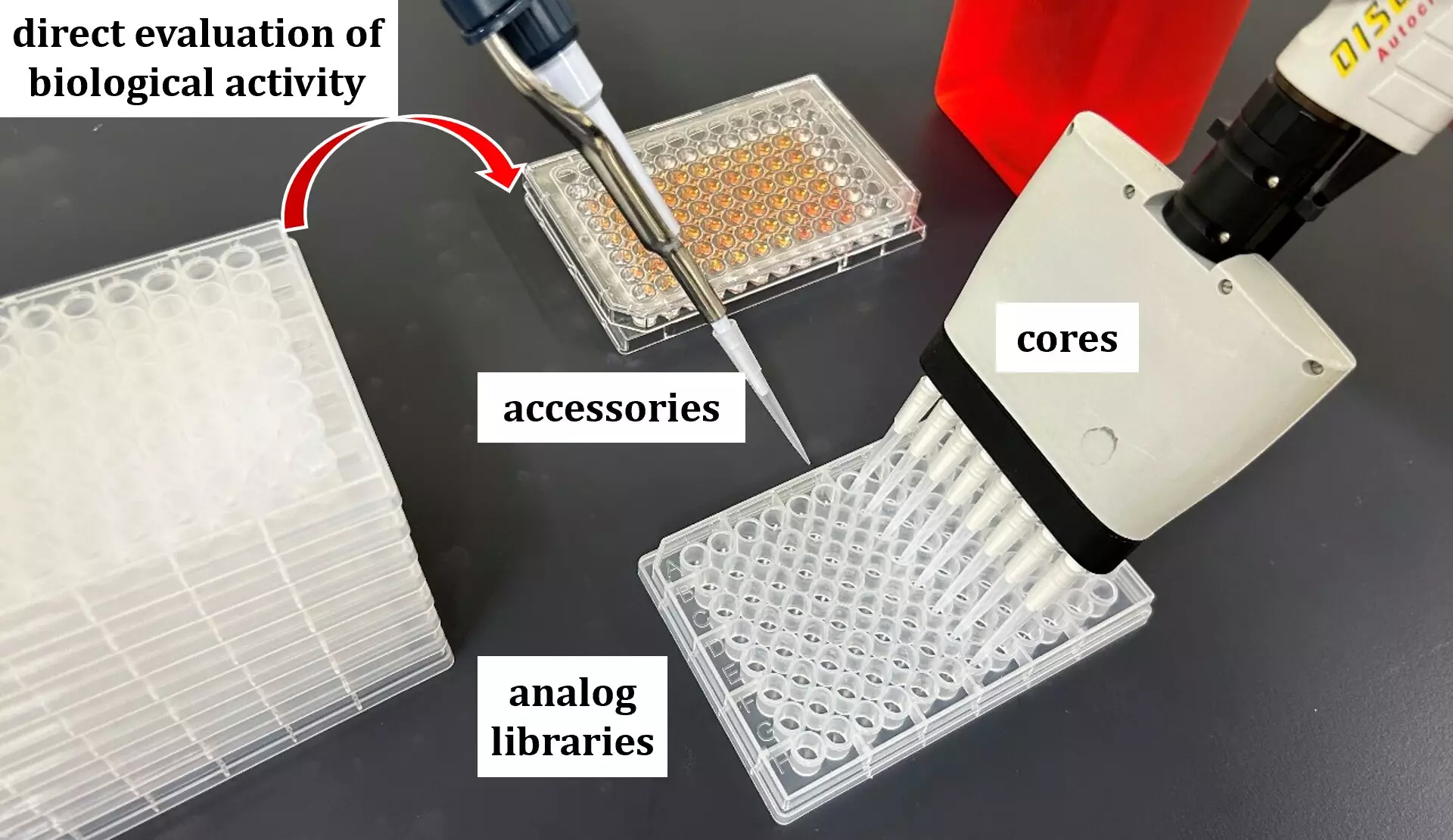The emergence of drug-resistant bacteria poses an unprecedented challenge to global health systems, a threat that grows more daunting each year. Antimicrobial resistance (AMR) renders many of our current antibiotics ineffective, leading to potentially fatal outcomes for patients facing severe infections. The continuous evolution of these bacterial strains underscores the necessity for innovative approaches to drug discovery that can unveil new antimicrobial candidates capable of combating resistant pathogens.
Research teams around the world are rising to this challenge; among them, a group at Hokkaido University is making significant strides. Led by Assistant Professor Kazuki Yamamoto and Professor Satoshi Ichikawa of the Faculty of Pharmaceutical Sciences, their work exemplifies a strategic and methodical approach to antimicrobial drug development. Their findings, published in *Nature Communications*, signal a potential turning point in the ongoing battle against AMR.
Targeting Key Enzymatic Structures
Central to this innovative drug discovery method is the enzyme phospho-N-acetylmuramoyl-pentapeptide-transferase (MraY). This crucial enzyme, found in bacterial cell membranes, plays a vital role in the production of lipid I, a fundamental molecule necessary for bacterial survival. The development of inhibitors targeting MraY is not merely a scientific curiosity; it represents a critical frontier in our efforts to devise effective treatments against an array of AMR bacteria.
While some inhibitors of MraY have already been identified, the urgency for enhanced and more effective alternatives continues to escalate. This is where the research team’s ingenuity shines. They have introduced an innovative platform known as the in situ build-up library method, which aims to streamline the drug discovery process. By adeptly combining well-documented natural products with methods of direct biological evaluation, the team holds the promise of accelerating the pipeline for new drug candidates.
Innovative Synthesis and Library Construction
One of the hallmark features of the Hokkaido University team’s approach is their meticulous strategy involving the dissection of known MraY inhibitors. Breaking down these compounds into two essential components—binding regions and activity modulators—allows them to expertly synthesize a diverse library of analogs. From an initial pool of seven cores and 98 accessory groups, they were able to generate an impressive collection of 686 novel MraY inhibitor analogs.
This comprehensive approach enables the precise targeting of bacterial mechanisms while retaining the positive features of existing antibiotics. By utilizing hydrazone bonds to connect various chemical components, the researchers crafted a library of analogs that are both novel and potent. Out of the series examined, eight analogs demonstrated exceptional MraY antagonism and antibacterial activity, with one particular candidate, analog 2, standing out in efficacy against drug-resistant strains.
Promising Preclinical Results
Further investigation of these analogs not only confirmed their enhanced antibacterial capabilities but also revealed promising results in preclinical models. Analog 2, exhibiting the highest level of effectiveness, has shown positive outcomes in mouse infection trials. This aspect is particularly noteworthy; the ability to demonstrate efficacy in live subjects is a crucial precursor to the eventual rollout of any new therapeutic agents. Moreover, early assessments suggest that these candidates possess low toxicity, an important consideration in the quest for safer antimicrobial treatments for patients.
The research team’s success extends beyond MraY inhibitors, reflecting a broader potential for their drug discovery techniques. They have successfully demonstrated the method’s applicability to other compounds, illustrating its versatility in identifying useful pharmaceutical activities among a range of natural products. This adaptability positions their work as a critical advancement not only in antimicrobial development but also in the broader pharmacological landscape.
A New Era in Pharmaceutical Development
As the dire reality of AMR continues to unfold, the research from Hokkaido University represents a beacon of hope. By pioneering innovative synthesis methodologies and a robust framework for drug discovery, the team is not simply addressing existing challenges but also paving the way for future breakthroughs in medicine. This research ethos could hold the key to transforming the landscape of antibiotic development and offers a compelling model for tackling the complexities of drug-resistant infections head-on.
The ripple effects of this work could be profound, leading to a new era of pharmaceuticals that addresses pressing global health concerns. As researchers harness these innovative strategies, the possibility of overcoming the AMR crisis becomes a more tangible goal—an achievement that could save countless lives worldwide.

